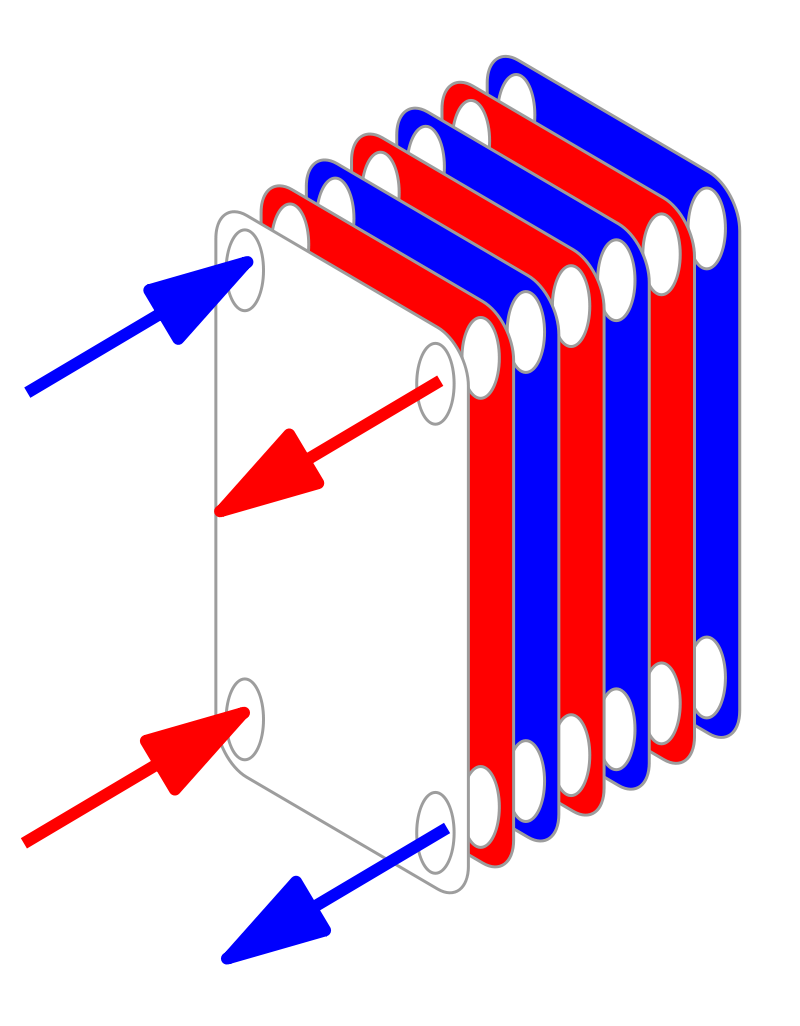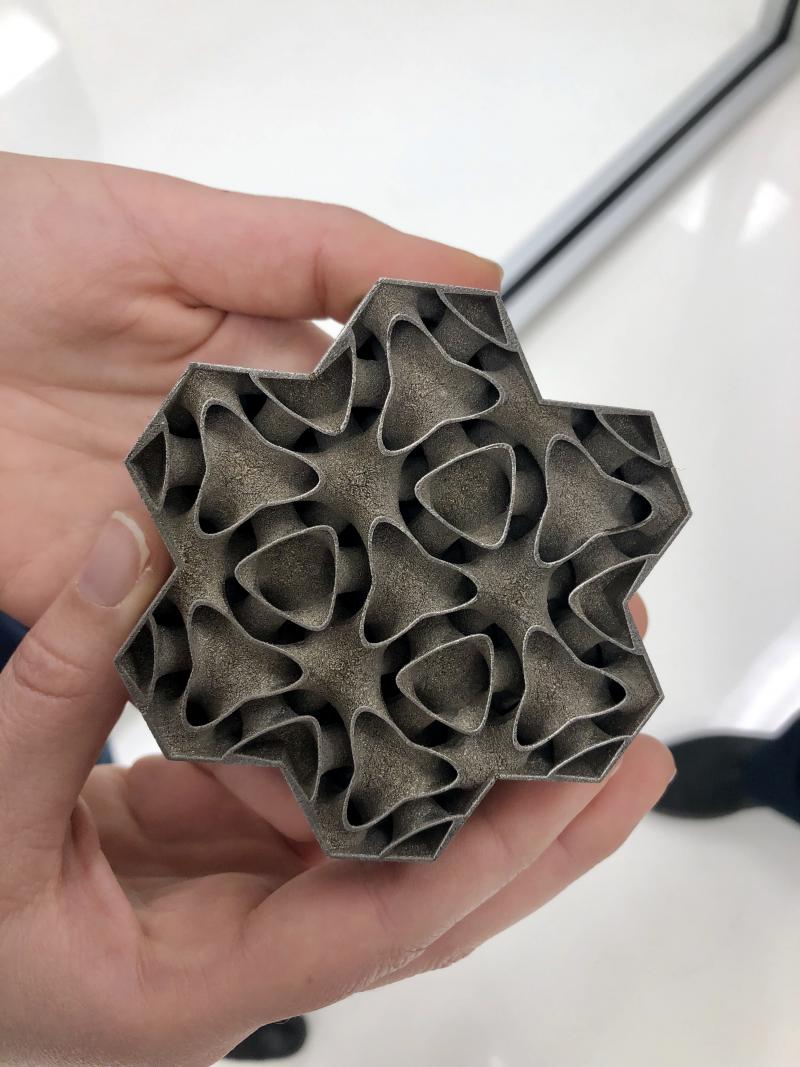The U.S. Department of Energy’s Advanced Research Projects Agency-Energy (ARPA-E), tasked with promoting advanced energy technologies, has awarded Michigan State University a $2.3 million grant to develop a new 3D printed heat exchanger for use in power generation.
The goal of this funding is to utilize new alloys suitable for powder-based manufacturing to produce a scalable, compact, low-cost plate-type heat exchanger that is resistant to corrosion and high temperatures.
3D printed heat exchangers
Plate-type heat exchangers use metal Plates to transfer heat between two fluids. They are used in a multitude of systems, such as concentrated solar towers, nuclear power systems and industrial gas furnaces.

Applying 3D printing to heat exchanger production enables geometric freedom and structural efficiency. Air Liquide have used 3D printing to make an award-winning milli-structured heat exchanger reactor used in the production of hydrogen. In a paper presented at the 8th International Conference on Applied Energy, researchers used PolyJet 3D printing to make more environmentally friendly stacks for refrigerators. And Australia’s Conflux Technology was also set up especially to make core 3D printed heat exchangers, received a substantial investment from AM Ventures in 2017.
Supercritical CO2 capable heat exchangers
Traditionally, heat exchangers have used water to transfer heat between metal plates, however, the process can be much more efficient when using supercritical CO2 – a state of matter where liquid and gas phases are indistinguishable.
Due to the superior thermal stability and non-flammability of supercritical CO2, heat exchange from very high temperature sources is possible. However this requires an evolution of more compact heat exchangers that can operate at temperatures close to 2,000 °F (1,093 °C).
Commenting on MSU’s efforts towards creating such a device Andre Benard, associate professor of mechanical engineering at Michigan State University, said, “The new and efficient CO2 plants envisioned by many scientists require highly efficient heat exchangers. We are pushing the boundaries with these new metallic systems that can operate at high pressure and extreme high temperature.”
Adding, “These breakthrough power plants will require less thermal energy to produce electrical energy, be more compact, and will lower costs for customers and electric utility companies.”
A new generation of heat exchangers
This is the third multimillion dollar investment ARPA-E have made in 3D printed heat exchangers. Last month its High Intensity Thermal Exchange through Materials and Manufacturing Processes program (HITEMMP) helped establish a $2.5 M project with GE, creating UPHEAT (Ultra Performance Heat Exchanger enabled by Additive Technology. In 2017 the University of Wisconsin-Madison also received $2.1 million funding from the ARPA-E program in to develop 3D printed heat exchangers for refrigerators, adding to an initial $2.85 million awarded to the team by in 2015.

For its part, Michigan State University has been able to lay claim to an impressive set of 3D printing milestones over the last few years. In 2017 its scientists, led by Prof. Anil Jain, became the first to produce wearable fingertips that mimic human skin, manufactured using 3D printed molds. And the year before Professor Jain helped police unlock a murder victim’s fingerprint scanner-secured phone, using criminal record fingerprints to 3D print molds for artificial fingertips identical to the victim’s.
Don’t forget to vote for the 2019 3D Printing Industry Awards.
Subscribe to our 3D Printing Industry newsletter and follow us Facebook and Twitterfor the latest news in additive manufacturing.
Visit our 3D Printing Jobs board to find out more about opportunities in additive manufacturing.
Featured image shows Michigan State University mechanical engineers Haseung Chung, Rohini Balachandran, James Klausner, Andre Benard, Patrick Kwon, and Himanshu Sahasrabudhe. Photo via Michigan State University.


